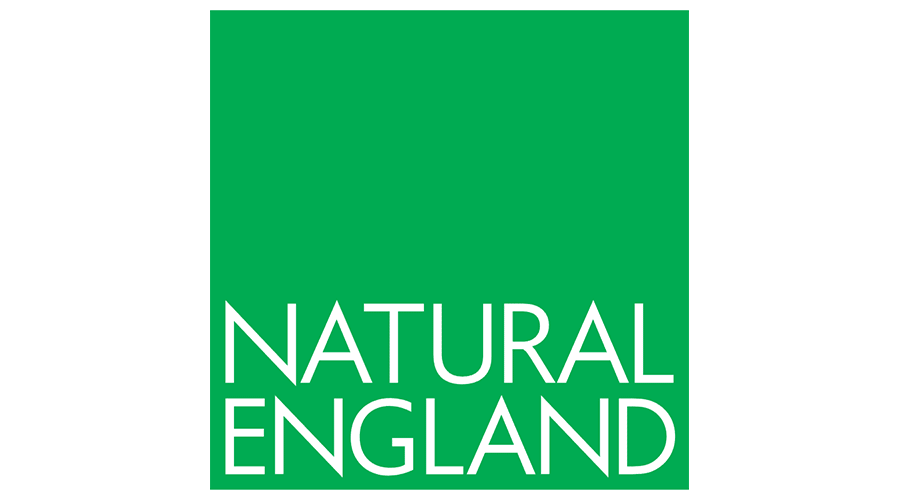Wansbeck Restoration for Climate Change (WRCC)
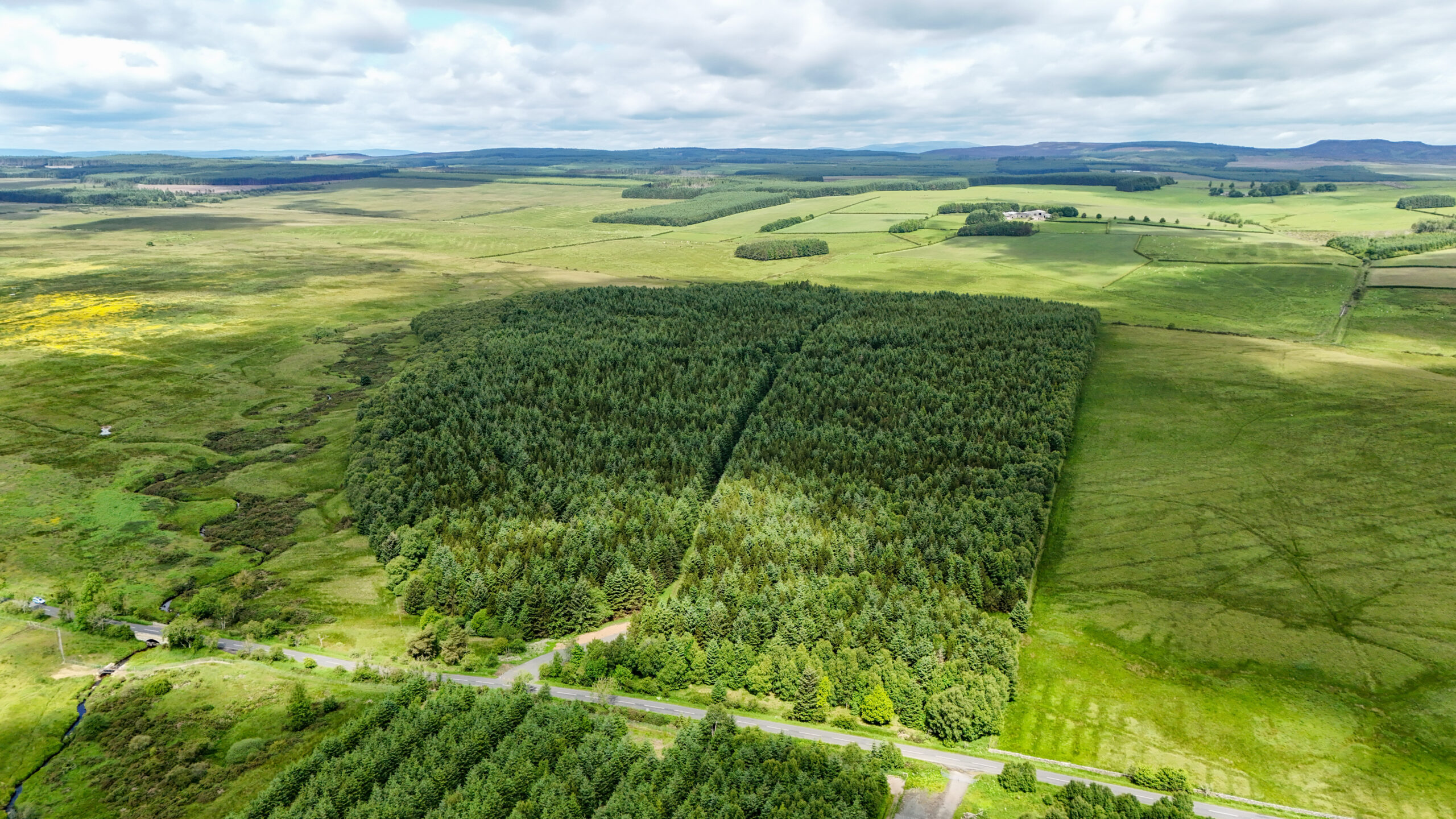
Over the last 3 years, Groundwork NE & Cumbria have been leading on the Wansbeck Restoration for Climate Change (WRCC) to restore mixed habitats, showcasing how different land owners can come together to address climate change, increase biodiversity, reduce greenhouse gas emissions and promote carbon storage, in a way that benefits nature and society. 6,303 ha of river catchment in the Mid-Northumberland national character area will eventually be restored, creating space for water in high rainfall events and wetland habitats suitable for curlew, lapwing and other native species.
Groundwork NE & Cumbria have been awarded almost £1,000,000 by Natural England to pursue and deliver the Wansbeck Restoration for Climate Change project. It is one of only six pioneering nature projects, a part of Natural England’s ‘Nature Returns’ national scheme, receiving funding to trial ways to capture carbon and mitigate impacts of climate change. At the heart of the project are nature-based solutions, restoring natural habitats to tackle issues of extreme weather events – wind, temperature and rainfall, which have an effect on farm animals and on soil health which affects future farming. By trying to mitigate these climatic extremes for farmers, the project is also trying to protect and enhance habitats to prevent further decline and collapse of iconic native species.
The WRCC project plans to restore landscapes and habitats including grasslands, peaty pockets and woodland. The work will also assess how carbon is captured and stored across different habitats, and how nature-based solutions can successfully be used to tackle climate change in a farmed landscape.
PRIORITY HABITATS
THE PEATLAND
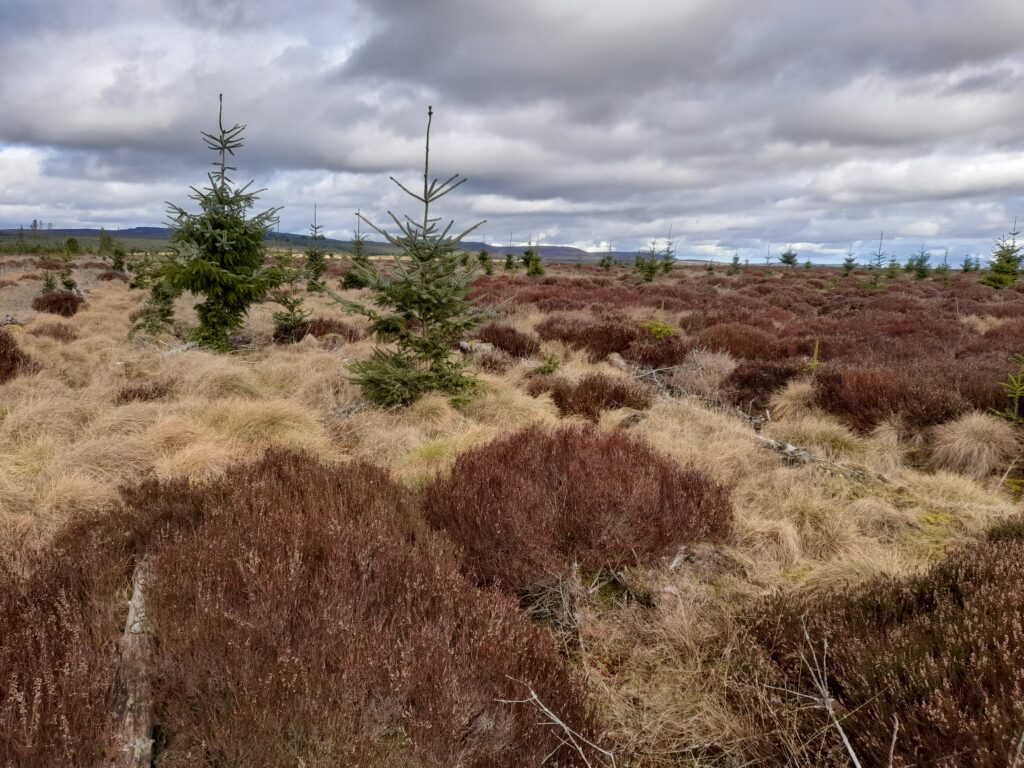
Peatland stores more carbon than woodland
- Enhance Carbon Storage
- Improve Biodiversity
- Help Flood Prevention & Better Water Quality
SPECIES-RICH GRASSLAND (HAY MEADOW)
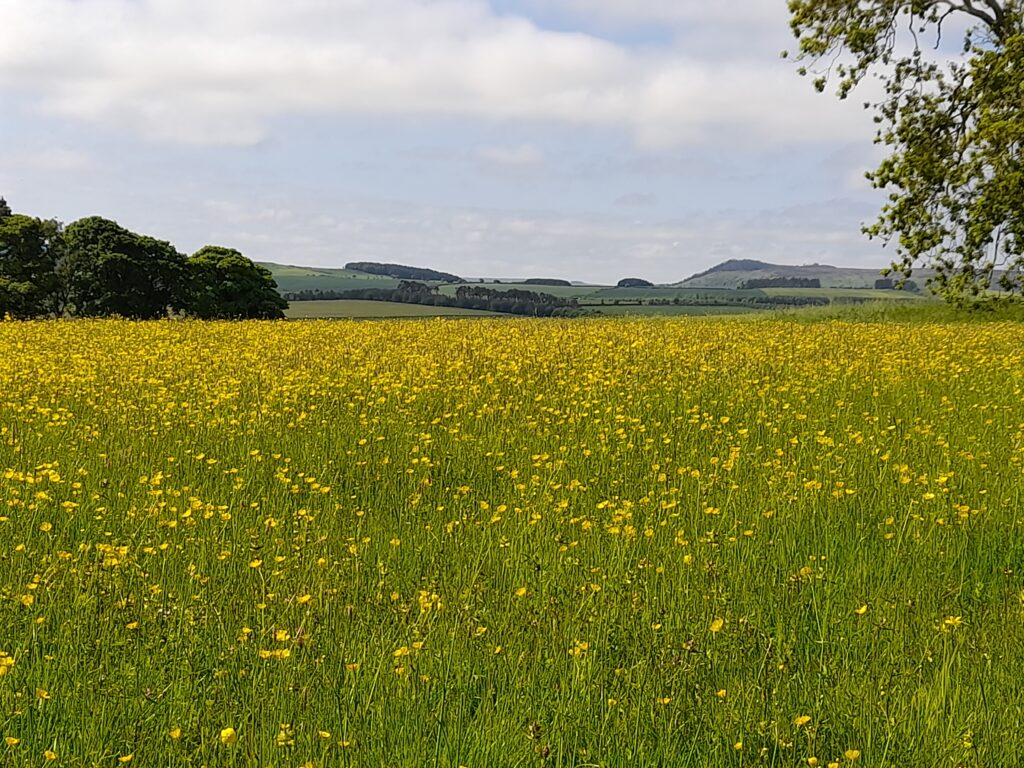
A diverse range of species in grassland habitats improves the whole local environment from the roots up
- Improve Soil Health
- Enhance Biodiversity
- Increase Carbon Storage
SAMPLING METHODS
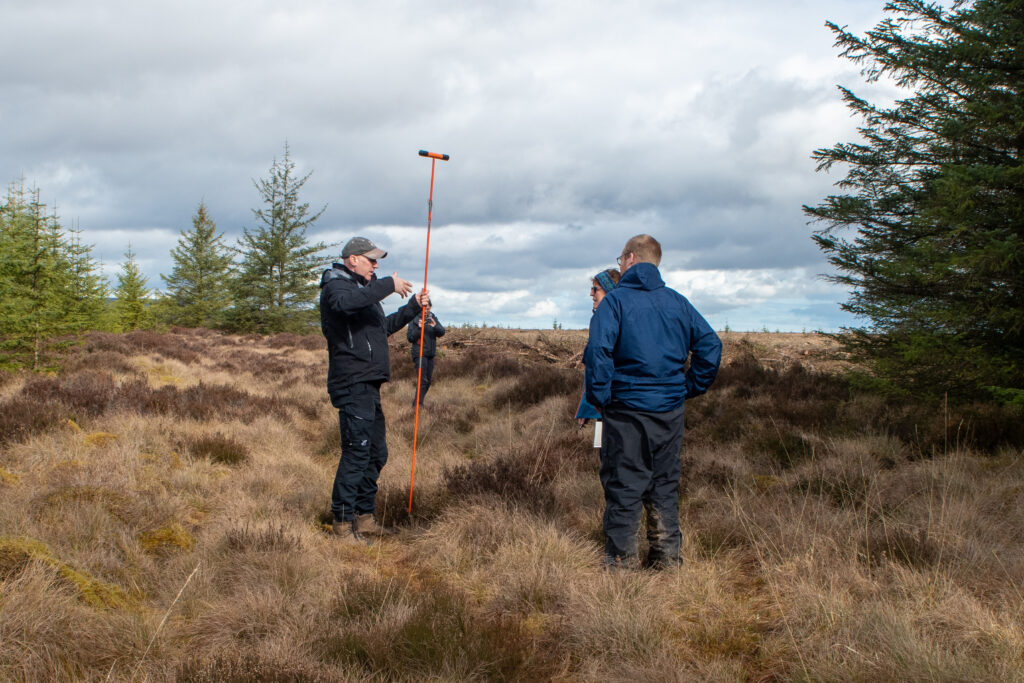
Monitoring is a crucial part of the restoration project in order to gather a reliable scientific evidence base
- Soil Monitoring
- Vegetation Monitoring
- Gas Flux Monitoring
DECIDUOUS WOODLAND
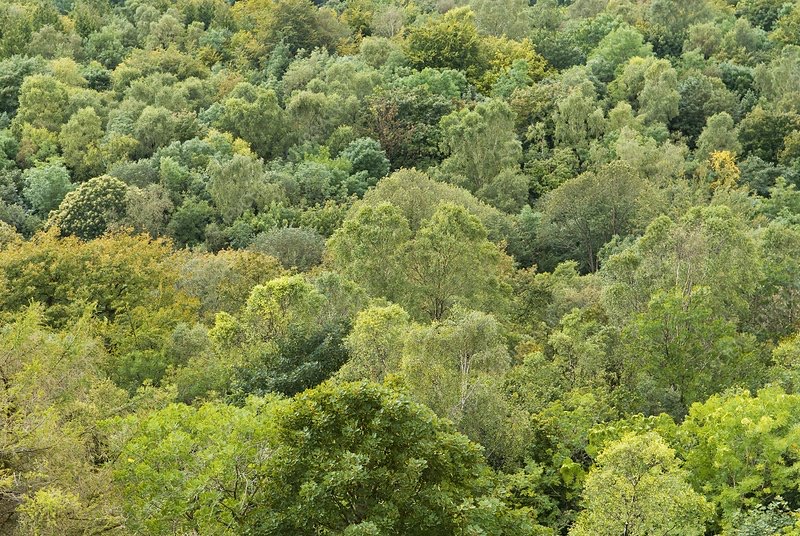
Deciduous woodland provides huge carbon storage, and supports a rich biodiversity
- Broadens Biodiversity
- Great Carbon Capture
- Regulation of microclimate
HEDGES
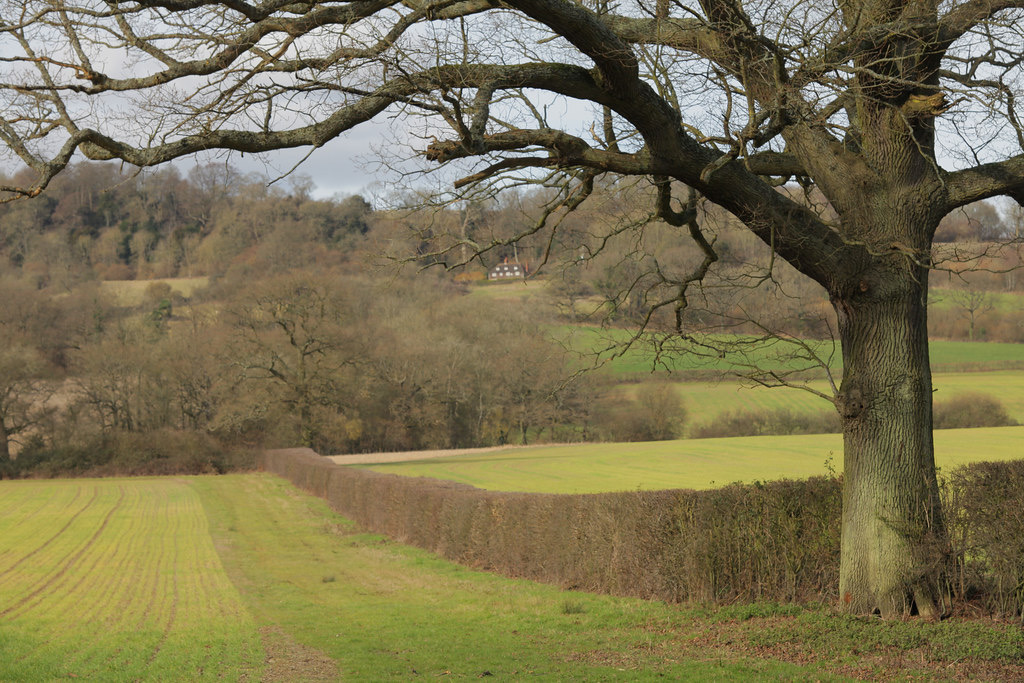
Hedges help to capture carbon, increase biodiversity, and improve connectivity
- Improves Biodiversity
- Assists Water Management
- Aids Soil Health & Erosion Control
RIVER CORRIDORS
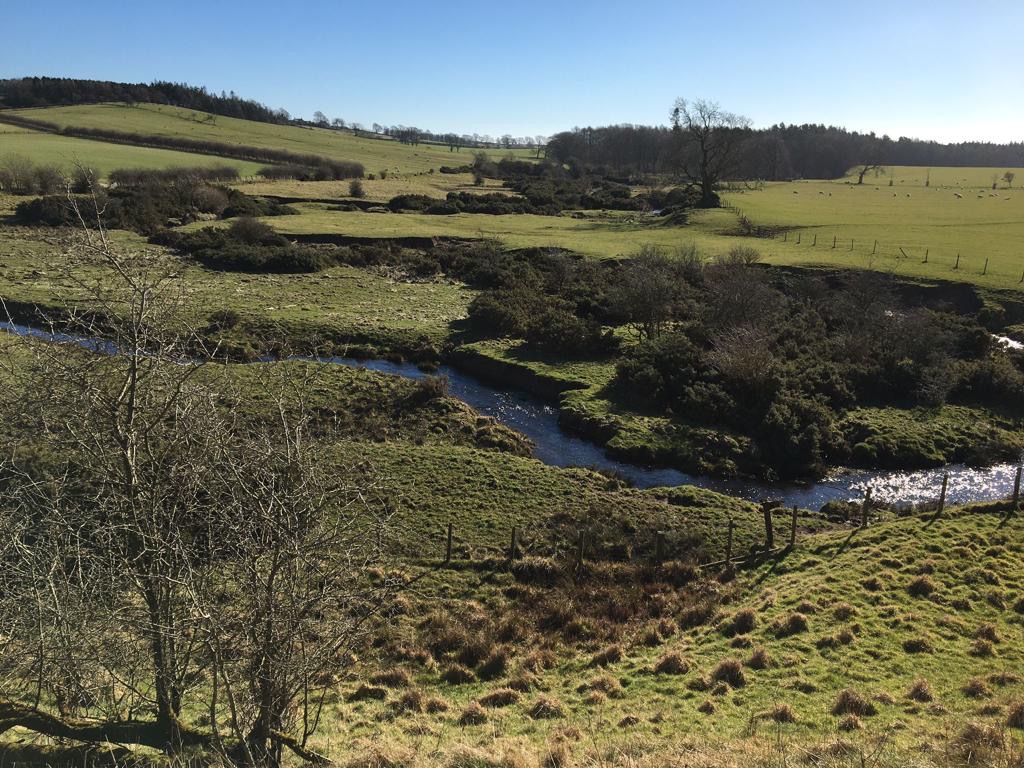
Restored river corridors provide greater biodiversity and assist with natural flood management
- More natural rivers
- Contribute to Recreation & Beauty
- Assist Natural Flood Management & Water Quality
More information on priority habitats:
Get involved
There are many ways in which you can help the Wansbeck Restoration for Climate Change project:
> Be a volunteer – to help carry out both educational and on-ground works
> Be a landowner – discuss potential projects that may be suitable for your land and how they may be of benefit to you
> Be a donator – help fund a school or college visit to one of these amazing landscape schemes
For any queries, please contact: Lesley.silvera@groundwork.org.uk
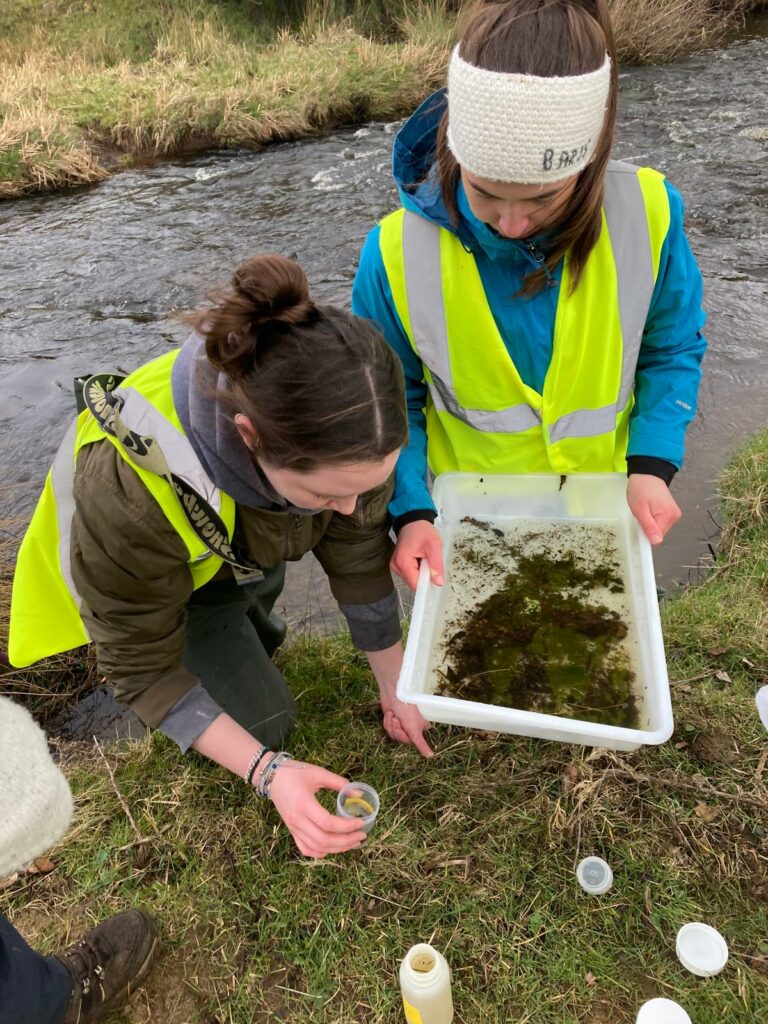
Project funded by


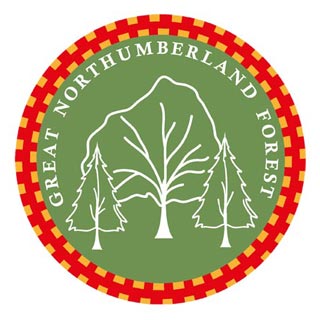
Partnered with

